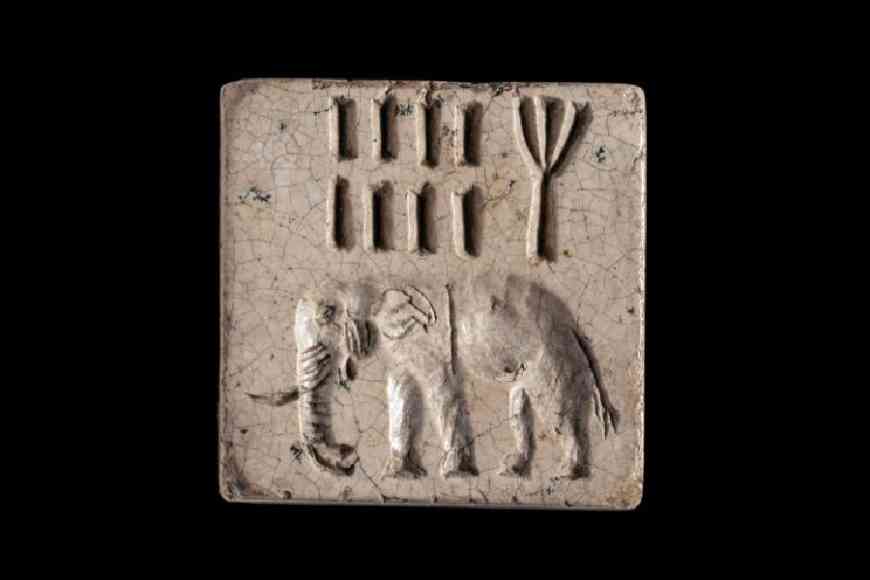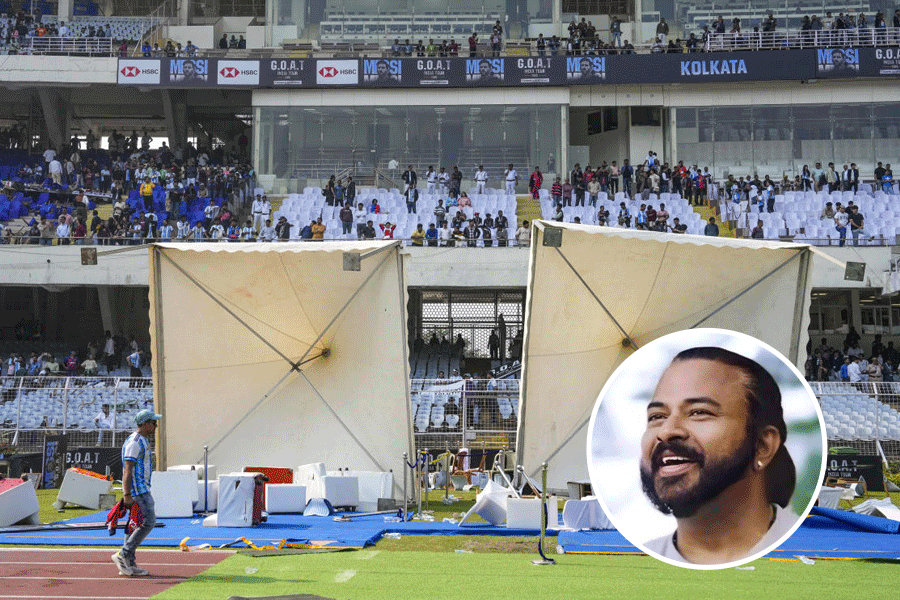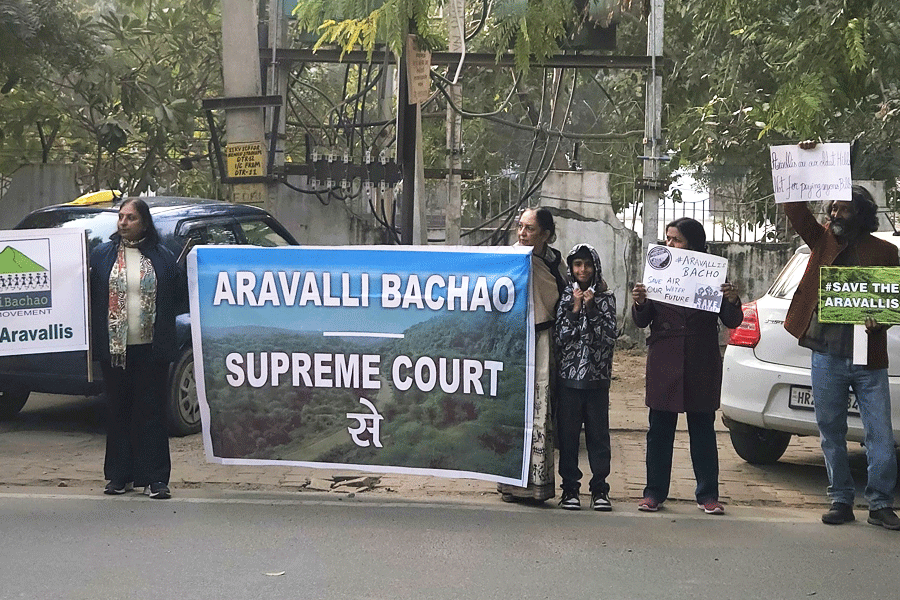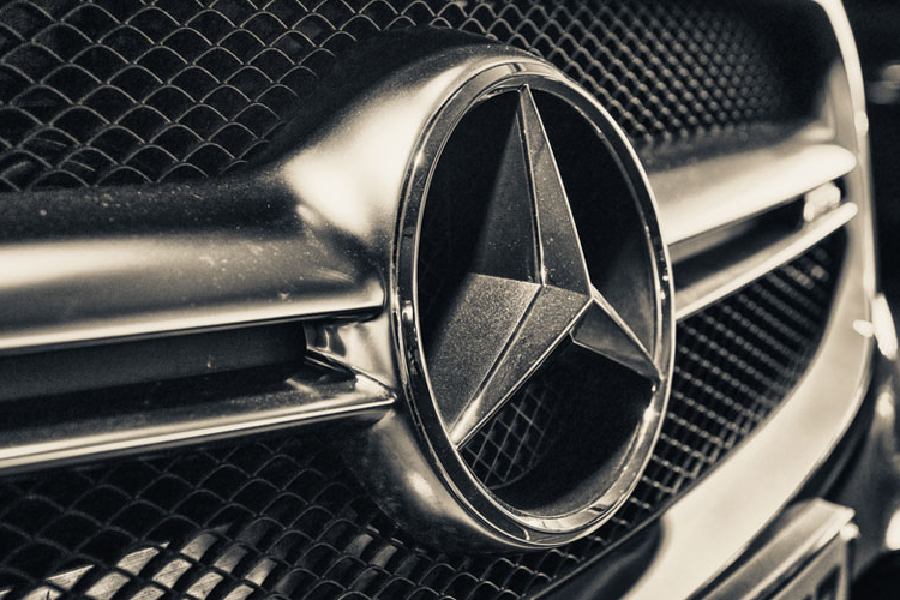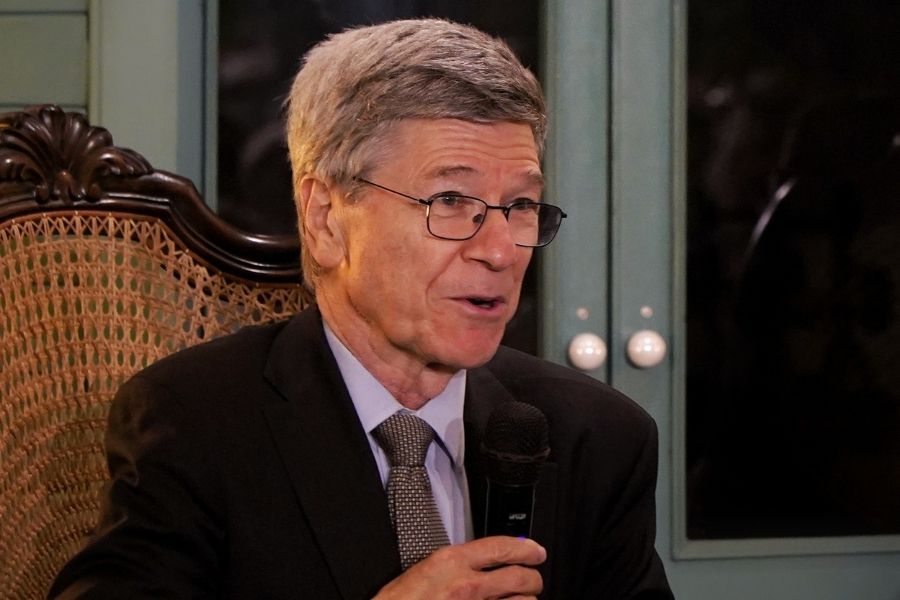An exhibition of epigraphs dating as far back as 5,000 years began at the Indian Museum on Friday.
Otherwise kept in reserve, they have been displayed for a conference. Only a fraction of the museum’s collections are on public display, said an official.
The artefacts in the exhibition, titled “Epigraphic Episodes: Echoes, Engravings, and the Essence of India”, range from royal edicts to votive offerings and from merchants’ marks tracing ancient trade routes to everyday records of vibrant civilisations.
The most ancient items showcased trace their origins to the Indus-Sarasvati or Harappan Civilization of the Bronze Age, which flourished in the Indus River basin, encompassing regions of contemporary Pakistan, northwest India, and Afghanistan.
“The seals, the first engraved narratives from the subcontinent, mark the earliest expressions of writing. Bearing pictographic signs, along with finely carved motifs of unicorns, humped bulls, buffaloes, rhinoceroses, tigers, elephants, crocodiles, and antelopes — these seals mirror power, belief, and artistry,” says a concept note.
Some of the inscriptions are in Brahmi, a script that emerged centuries later. One of the earliest deciphered writing systems, Brahmi, thrived under the Maurya rule, becoming the medium through which emperors conveyed moral and administrative messages. The ancient relics are associated with Pundranagara, which corresponds to the present-day archaeological site of Mahasthan in Bogra, Bangladesh. Dating back to the third or second century BC, it provides a rare limestone inscription that discusses governance founded on values.
The exhibition is aligned with a conference to mark the golden jubilee of the Epigraphical Society of India and the 44th session of the Place Name Society of India. The conference, which ends on Sunday, is a collaboration between the museum and the department of ancient Indian history and culture at Calcutta University.
Professor Sushmita Basu Majumdar of CU is the local secretary for the conference, inaugurated by Ashutosh Ghosh, the vice-chancellor of CU, on Friday morning.
Artefacts under the patronage of dynasties such as Gupta, Pala and Sena are part of the exhibition. Some are from the ancient undivided Bengal.
In the realm of devotion and temple endowment, masterpieces like the Eran Inscription of Samudragupta (a red sandstone inscription that is an eulogy of the Gupta emperor) highlight the enduring bond between faith and kingship.
Another highlight of the exhibition is a Chinese inscription discovered near the Mahabodhi Temple in Bodhgaya.
“Palaeographic study... reveals that it was crafted not by a Chinese artisan, but by local sculptors working under Chinese patronage — a striking symbol of India’s inclusivity,” says the concept note.
The exhibition at Gallery 3 of the New Exhibition Hall on the first floor of the museum will end on November 17.
“Indian Museum, being the oldest and largest repository, houses a vast and distinguished corpus of inscriptions. However, despite its importance, the display of these antiquities in the museum galleries has been limited. Therefore, this exhibition is being hosted in recognition of these remarkable relics that not only whisper the nation’s enduring legacy but also illuminate the evolution of India’s linguistic plurality and diverse writing traditions,” said Sayan Bhattacharya, deputy-director of the museum.

